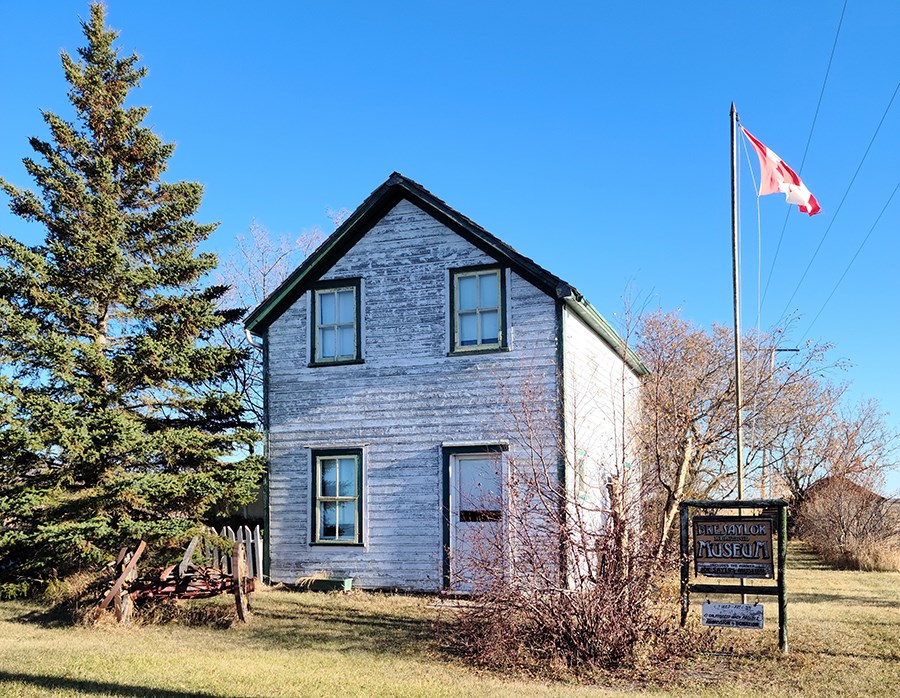In 1901, an engineer from the Canadian Northern Railway came to the Bresaylor area to determine the best route for a railroad. The following year there was an influx of new homesteaders from Grafton, N.D., as well as others from Nova Scotia and Ontario. There were 14 entries for homesteads with 30 more families waiting to hear on the land they had selected. By May nearly all the land was taken in townships 46 and 47, in ranges 20 and 21, west of the third meridian, as well as most of the Canadian Pacific Railway land in all four townships.
Those homesteaders living on the western side of the Bresaylor settlement began to identify the area as Grafton after Grafton, N.D. They were unable to use the name for a post office as there already was another Grafton, North West Territories.
The area became known as Paynton, named after Peter Paynter, a retired North-West Mounted Police officer who had homesteaded where “K” Division had earlier built an outpost. There is some controversy where the “on” in Paynton originated. It may have come from the “on” at the end of Grafton or from early settler names such as Thornton or Beaton.
As more settlers arrived, there was more competition for hay land and less area for cattle to run free range. More freighting opportunities arose, as well as increased markets for the sale of horses, oxen, pigs and milk cows. Stopping houses were busier than ever.
In 1903 the Barr colonists arrived heading west to Lloydminster. Thirty teams of colonists left Battleford on May 1 guided by Charles Taylor from Bresaylor. As they passed through the Bresaylor settlement, the colonists bought many ponies, oxen, milk cows, pigs and seed grain. Rev. Isaac Barr purchased most of the oats from Peter Paynter. It was said that Paynter told one colonist they could buy oats from him or Barr. When asked what the difference was, Paynter replied that buying oats from him would cost 25 cents per bushel, while buying the oats from Barr would cost $1.25 per bushel. The same was true for flour, potatoes and other necessities.
A few of the Barr colonists settled in the Bresaylor area instead of travelling on to the area that became Lloydminster.
That same year the first steam tractor arrived in the Bresaylor area and in the fall was used for threshing.
In the spring of 1904, a stagecoach line was established between Battleford and Lloydminster. Since there was a railroad from Calgary to Edmonton, some settlers travelled to Edmonton by train, then down the North Saskatchewan River by scow, a type of flat-bottomed barge. Some of the scows stopped at the Bresaylor settlement, dropping off settlers and goods such as lumber.
By August several grading companies were accepting contracts to construct the railroad grade for the Canadian Northern Railway. Plans were to build the railroad through the Bresaylor settlement. On June 7, 1905, the Canadian Northern Railway track-laying crew had reached the Bresaylor siding, which was to become the hamlet of Bresaylor. When the province of Saskatchewan was born on Aug. 31, the hamlet became Bresaylor, Saskatchewan, and no longer Bresaylor, North West Territories.
Check out the Bresaylor Heritage Museum Facebook page for more information. The museum is open by appointment only from June 9 to August 31. Please phone 306-895-4813.



